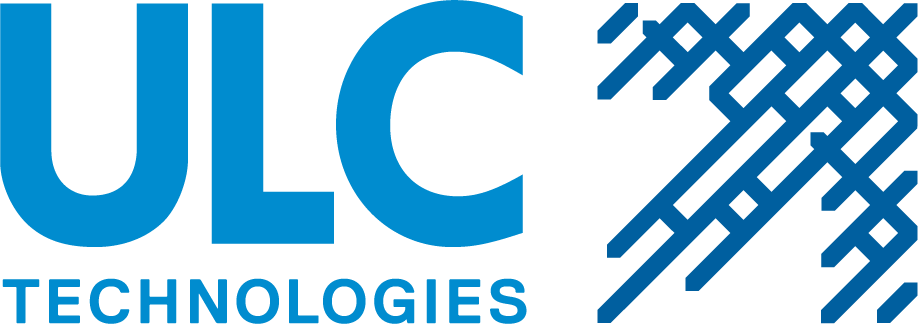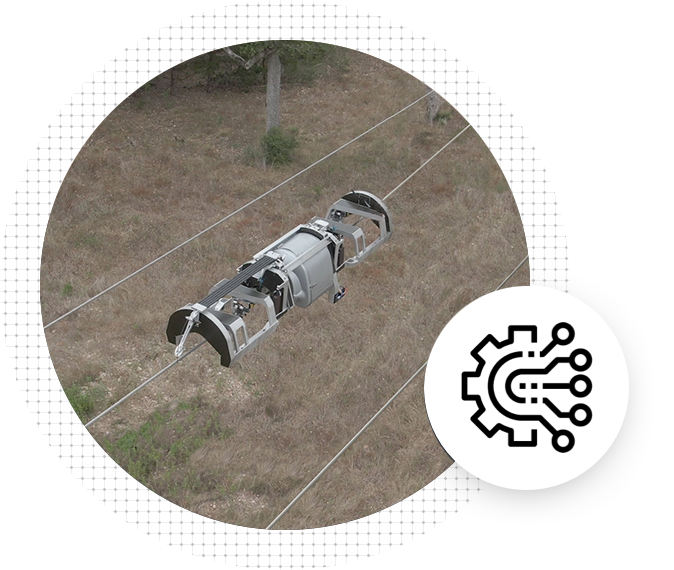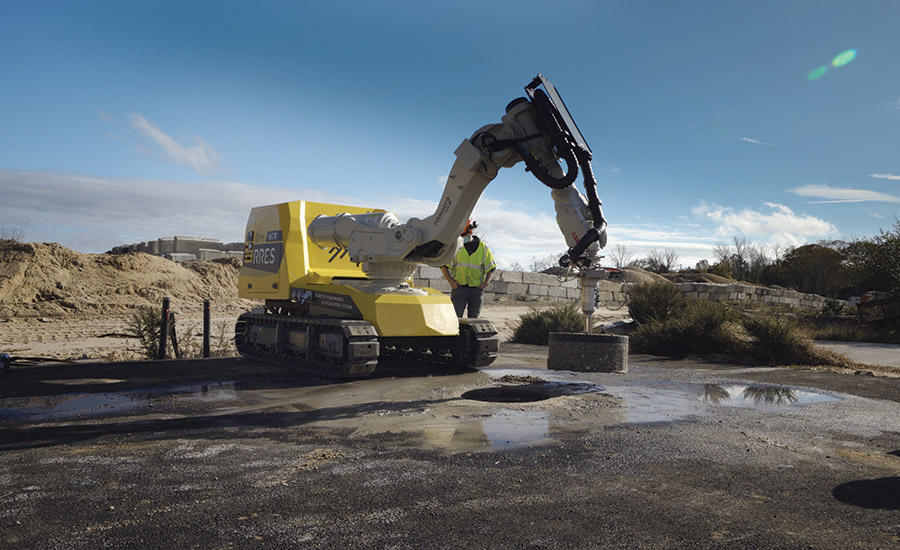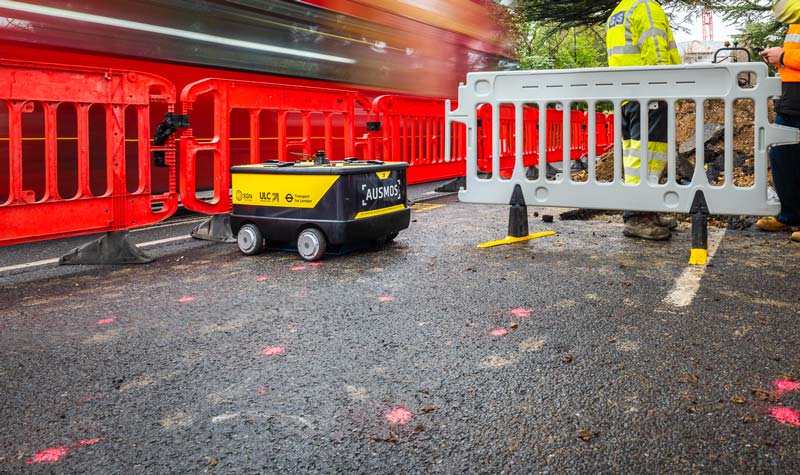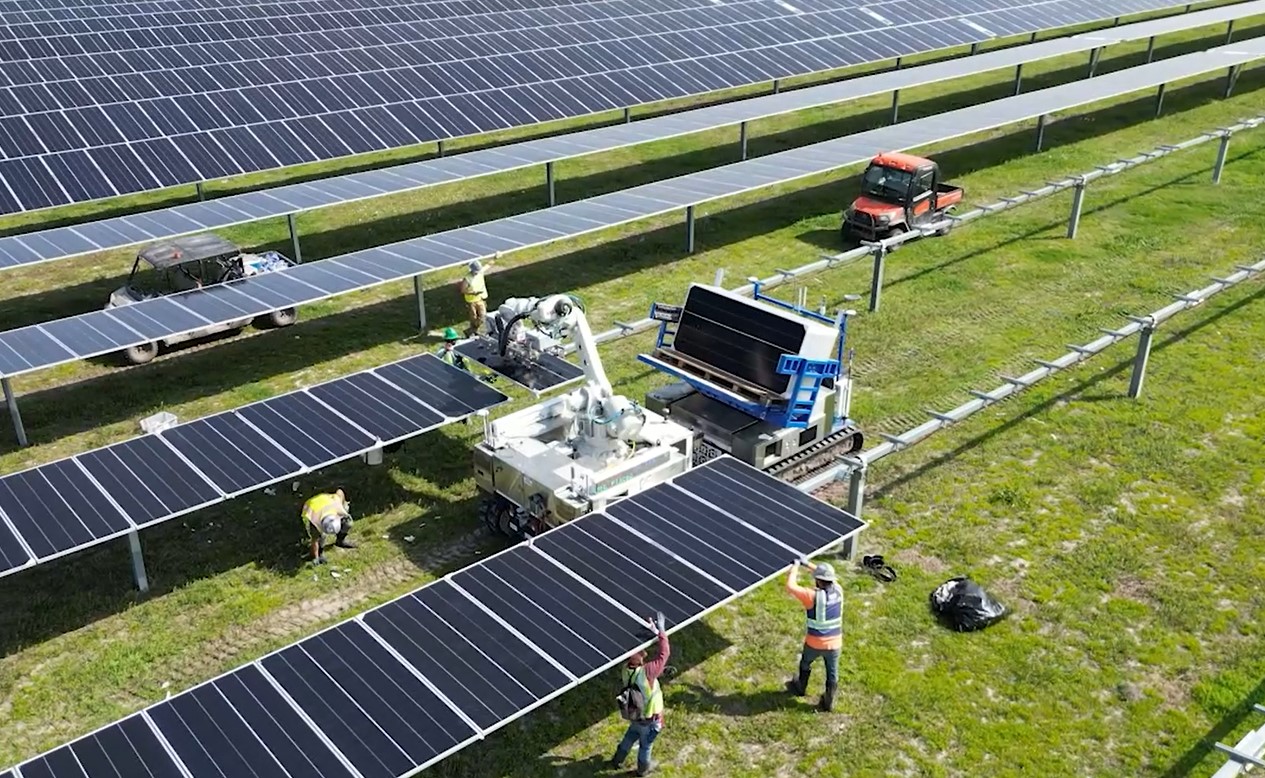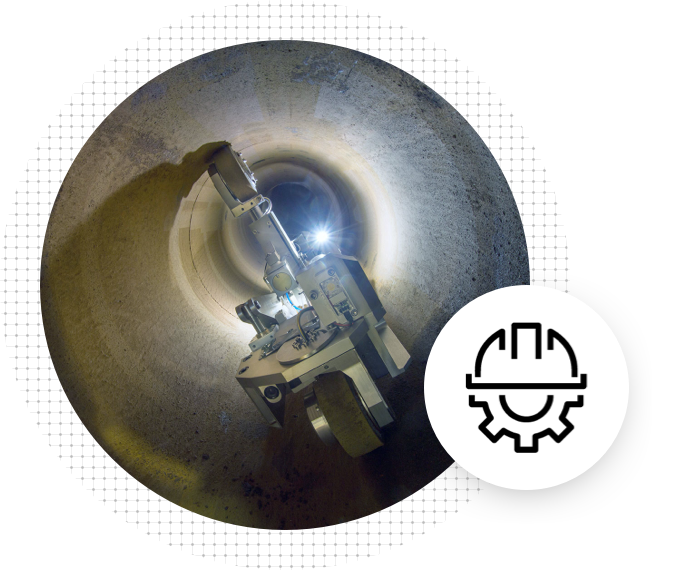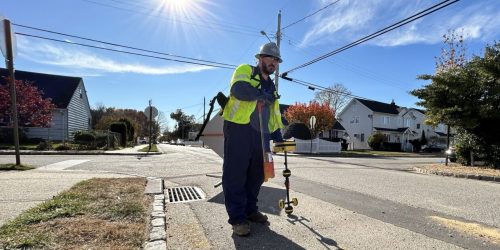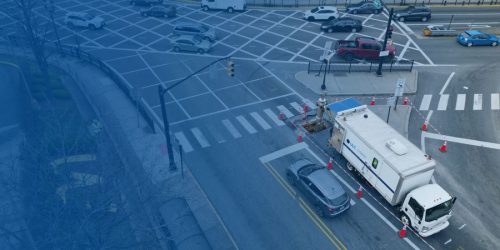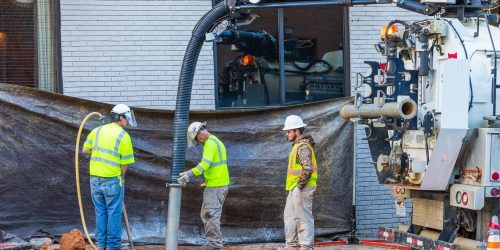Having remediated more than 100 km of cast iron mains in the UK to date, CISBOT has proven itself as a critical technology in helping gas networks manage their Tier 2 and Tier 3 assets. The technology is also playing a role in the UK’s net-zero plans as SGN, Cadent and ULC continually push the boundaries of innovation. For ULC, net-zero starts below the surface.
To repair and maintain buried infrastructure, gas utilities perform hundreds of thousands of costly, disruptive street excavations annually. ULC Pipeline Robotics, a leading robotics-as-a-service solutions provider, first expanded their operations into the UK in 2013 and has collaborated with gas distribution networks, SGN and Cadent, to develop and deploy robotic systems and technology to overcome some of the typical challenges the utility sector face on a day-to-day basis.
Through the strong partnership developed with SGN and Cadent throughout RIIO-GD1, ULC witnessed the deployment of the Cast Iron Sealing Robot (CISBOT) across large diameter cast iron mains. These large gas mains are often located in densely populated and traffic-sensitive locations which can cause a notable challenge to access for repair or replacement.
Many of these assets were installed to an excellent Victorian engineering standard, with empirical asset data collected showing that the cast iron pipes themselves are still in perfect working order. However, the variable since installation has been the environment above them and the gas they transport. Both of these factors have played a role in increasing the risk of joint deterioration.
Using traditional methods to rehabilitate the gas mains in these areas often requires multiple large excavations to replace or upgrade the gas network, and in turn, can be costly to the networks to carry out as it requires coordination with transport management systems and lane rentals. CISBOT technology significantly reduces the customer disruption caused by conventional repair or network upgrades, as the technology operates live within the gas main with no disruption to gas supply. This provides extraordinary cost savings for networks while extending the life of the asset by 50 years.
ULC’s teams work across the UK daily to support cutting down carbon emissions by reducing the number of excavations energy utilities would traditionally face. Through the support of stakeholders, local councils and strong communication with local authorities such as Transport for London, it has enabled ULC to challenge conventional methods of work to deploy robotic technology across England and Scotland. Since introducing the award-winning robotic technology in the UK, CISBOT has been used to seal over 27,000 joints in high profile locations for SGN and Cadent across their networks.
With over four million holes dug annually for utility works across the UK, traditional repairs to gas mains cause considerable public disruption, traffic delays and cost, in addition to being time consuming work due to lane rentals and diversions that are often required. ULC has worked with SGN and Cadent on rehabilitation programmes in locations including Brighton, Manchester and Edinburgh, as well as deploying CISBOT across London in iconic locations such as Sloane Square, Regent Street and Whitehall to support reduce the delivery time of the projects.
To ensure the benefits are realised across as much of the gas network as possible, CISBOT is under constant development to meet our clients’ network requirements. Larger configurations have been designed, tested and deployed for 36” mains alongside 16” systems for Tier 2 assets. Development is currently underway for 15”, 42” and 48” systems for our UK client base soon in RIIO-GD2.

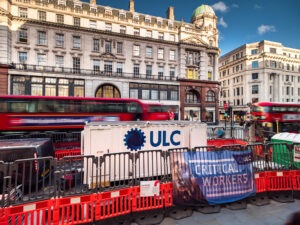
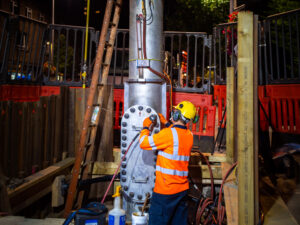
In 2019, ULC took additional steps to further reduce carbon emissions by expanding the ability to deliver technology to the energy industry sustainably and safely. ULC developed custom-made eco control cabins for UK CISBOT operations which are equipped with solar panels used to charge the cabins generators. The eco-friendly solution mitigates noise pollution and minimises project emissions, creating the opportunity to start 24-hour operations to increase project efficiency.ULC deployed the custom-made eco cabins on Cadent’s Sloane Square project, as well as introducing the 24-hour work pattern, ensuring that the large-scale project was completed within 7 months as opposed to almost 3 years if using traditional methods. Working through the night witnessed the project being completed 8 weeks ahead of the original schedule, minimising disruption to road users in the area.
Throughout RIIO-GD1, CISBOT operations have allowed for safe distribution of gas to customers, significantly reduced carbon emissions and excavation and started the transition of how gas distribution infrastructure is managed in the future. The use of innovative technology like CISBOT will be critical as the country strives to meet the net-zero goals.

